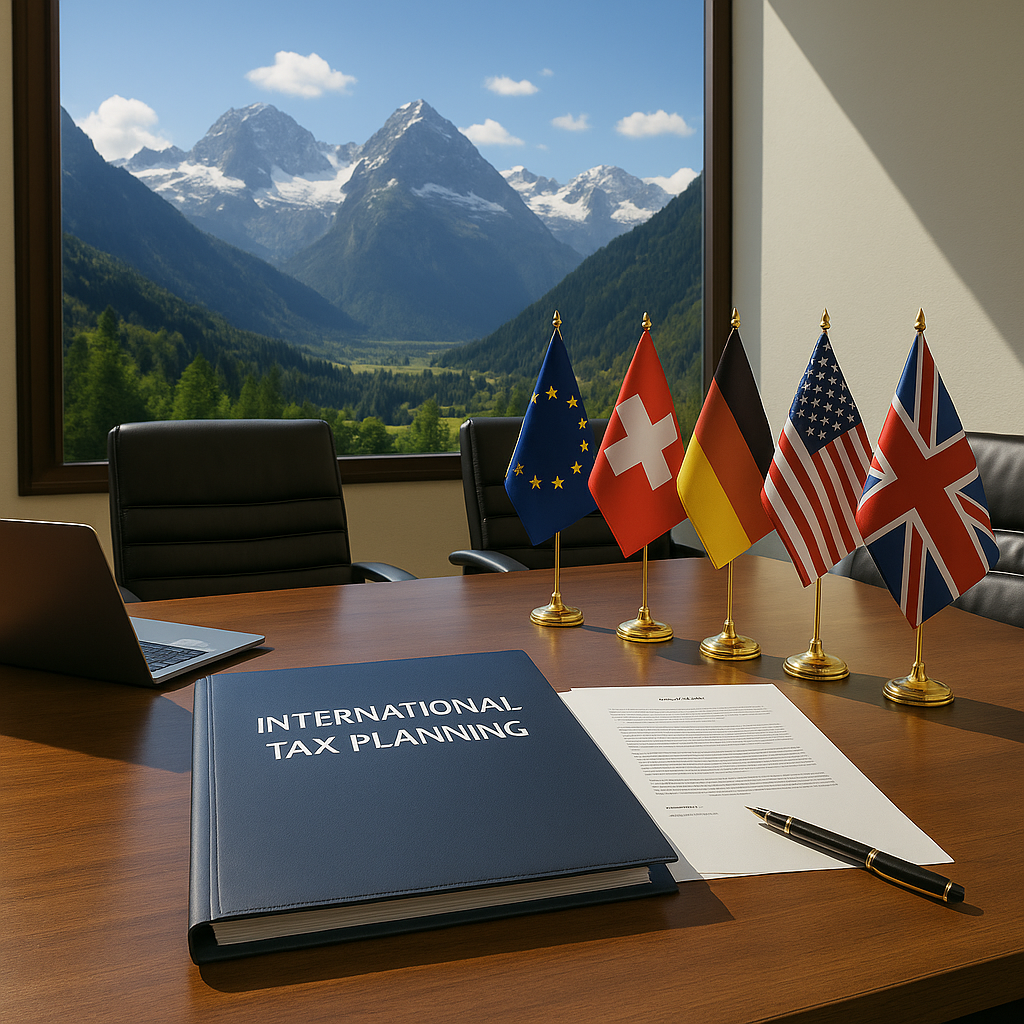Tailored solutions for global tax efficiency
In today’s globalised economy, effective management of tax obligations is a critical success factor for internationally active businesses.
Jost & Partners Swiss Law Firm, headquartered in the heart of Switzerland, provides high-level international tax planning services — individually designed to meet the needs of each client.
Our Services Include
- Strategic tax advisory – Development of bespoke tax strategies aligned with your corporate structure and applicable international tax treaties
- Corporate structure optimisation – Analysis and reorganisation of business group structures to improve tax efficiency while ensuring full compliance with international regulations
- Cross-border transaction support – Tax planning and structuring for international mergers, acquisitions, investments, and complex financial operations
- Compliance and reporting – Ensuring ongoing adherence to global tax obligations and assisting with the preparation of all required documentation and disclosures
Why Choose Jost & Partners Swiss Law Firm?
✔ Expertise in international tax law
Our team combines deep knowledge of the Swiss tax system with an understanding of foreign tax regimes — delivering legally sound and globally efficient solutions.
✔ Personalised approach
We recognise that no two businesses are alike. Our strategies are tailored to your operational structure, commercial goals, and jurisdictional risks.
✔ Confidentiality and integrity
We ensure absolute confidentiality and operate according to the highest standards of professional ethics and data protection.
✔ Global perspective
With years of experience advising multinational clients, we develop strategies in line with leading international tax planning practices.
Trust Jost & Partners Swiss Law Firm with your international tax planning — and secure
the long-term, compliant, and efficient growth of your global business!
Jost & Partners Swiss Law Firm – your trusted partner in international tax planning!

